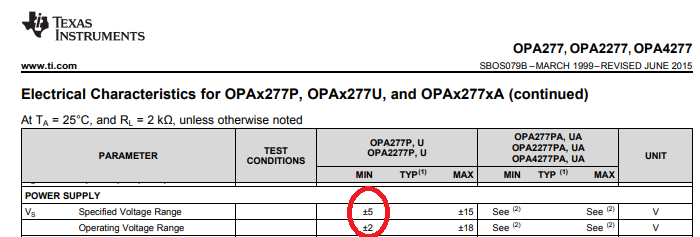Other Parts Discussed in Thread: OPA4171, OPA2277
customer found the OPA4277 has something problem on Energy Storage system pls find the attached file.
When using OPA4171, the problem is gone. pls help to advice what parameter are importance on the design of the fre. buffer and over current protection. very thanks.


